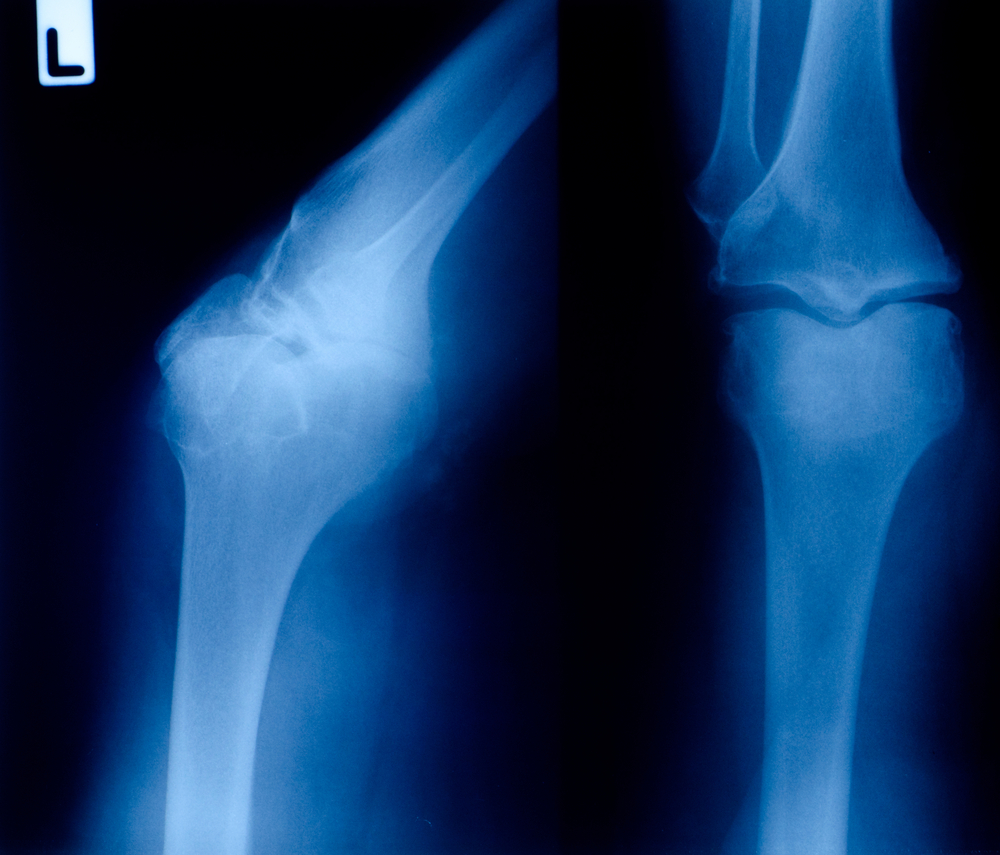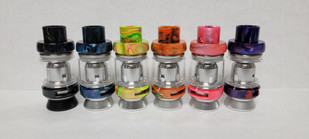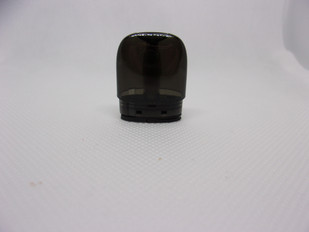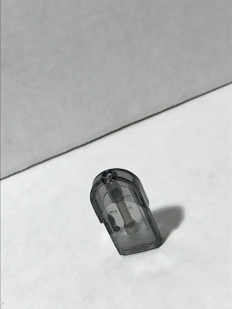- Home
- The Vape Mall Blog
- What Could CBD Do for Those Who Have Hyperextension?
What Could CBD Do for Those Who Have Hyperextension?
Posted by on

The joints of the body are what enable us to move around, as they support mobility of the body. We use our knees, shoulders, elbows, ankles, hips, fingers, and other joints to do every single human task, from walking across the room to sending a text to a friend. Therefore, an injury to the joint can get in the way of our ability to fulfill our daily responsibilities and simply get around.
Hyperextension is a type of injury can be mild to severe and can affect any joint of the body. Although most people associate hyperextension with athletic endeavors, the reality is that it can happen to anyone at any time.
Along with discussing what hypertension is, we’ll cover the role that CBD may play in managing the symptoms associated with the injury. More people are turning to cannabidiol for all kinds of pain, as it’s a natural and holistic choice that many people view as favorable. Further, CBD does not require a prescription, and is legal under federal law.
What is Hyperextension?
Hyperextension is a type of joint injury that occurs when the joint is overextended. Our joints have a built-in range of motion. This allows us to move our joints around easily, bend parts of our body and extend our ligaments when needed. Hyperextension occurs when a joint is stretched past its capacity, causing the surrounding tissue of the joint to become damaged.
Most commonly, hyperextension affects the knees, fingers, elbows, neck, shoulders and ankles. But it can happen to any joint. Athletes are uniquely prone to hyperextension injuries, either in training or in various forms of sport, as the joints of the body are typically pushed to their physical limit. However, anyone can experience hyperextension. For example, simply reaching out the shoulder too far to grab something could cause this type of injury.
So, how does one know whether or not they’ve been injured in this manner? Most people will feel a cracking or popping sensation, or hear this type of sound, which is a sign that the joint has been pulled beyond its limits. Also, many find that pain develops either immediately or within 24 hours, depending on the damage done and the specific tissue that has been injured. A hyperextension injury may result in swelling around the area as well as bruising, and pain is the most common symptom, which can range from mild to severe.
How Do People Develop a Hyperextension Injury?
We said that anyone can end up with a hyperextension injury, and it’s far from an uncommon type of injury. We also said that athletes are uniquely prone. This is also true of yoga enthusiasts, as the act of stretching the body to maintain certain poses may cause some people to overextend their joints.
Hyperextension as a result of a physical activity is more likely to occur if the muscles are not adequately warmed up. If the muscles do not have adequate circulation and haven’t been stretched properly in order to accommodate a wider range of movements, the joints may attempt to overcompensate by overextending themselves.
Similarly, hyperextension seems to occur more in those who have weakly developed muscles. Again, this is the result of overcompensation. For instance, if a person is trying to lift a heavy object, and they do not have the muscle strength to support the weight, the joints will attempt to extend as much as possible to accommodate the demand on the body.
Furthermore, someone with a past joint injury has a higher chance to develop a hyperextension injury due to the vulnerability of the particular joint.
Treating Hyperextension
Hyperextension injuries can vary greatly in terms of severity.
- More mild cases, in which some minor tissue is damaged and pain is minimal, may not require medical intervention, and can heal on their own through proper rest and the application of heat, ice or a combination of both at various intervals throughout the day.
- More severe cases, in which ligaments may be town, could require more intensive care. A doctor may prescribe pain medications if the pain is particularly intense. And, in some cases, surgery may be required.
What Can Cannabidiol Do for Hyperextension Injuries?
The pain that results from a hyperextension injury is caused by inflammation. The body’s inflammatory response sends cytokines to the area surrounding the joint, and these cytokines cause the area to become painful and possibly swollen. Therefore, anti-inflammatories are usually prescribed to bring the pain down.
CBD is a cannabinoid and it’s the dominant compound found in the female hemp plant’s flowers. Cannabinoids are compounds that directly bind with cannabinoid receptors located in the body. Cannabinoid receptors are found everywhere, being present in every organ, tissue and bodily system. Their job is to regulate the way in which a particular area of the body operates so that it’s as healthy and efficient as possible. The binding process between cannabinoids and cannabinoid receptors allows these regulatory actions to take place.
We know that within the joints are cannabinoid receptors, as well as the areas surrounding them.
Study #1: Cannabidiol may a bring down joint inflammation, as well as inflammation throughout the muscular tissue This is due to the way in which our endocannabinoid system regulates inflammation throughout the body.
Study #2: CBD has been found to offer potential analgesic properties, and some researchers have found that these particular properties may be more useful than other types of pain medications in certain circumstances. Again, this comes from the regulatory effects of cannabinoids and cannabinoid receptors. Analgesics regulate the function of pain receptors in the brain by making them less sensitive to pain signals sent from the nervous system.
Using Cannabidiol for Hyperextension
Now, let’s talk about the things that you should know before using CBD for this type of injury.
Ask Your Doctor
It’s always best to speak to your doctor prior to treating your symptoms, so if you wish to use CBD for this type of injury, ask him or her what they recommend. Make sure that they know your medical history, current symptoms, and current medications. Also, know that if your doctor encourages you to us CBD, you should still continue the treatment methods that he or she have prescribed.
Check for Third-Party Testing
One crucial aspect of a CBD product that determines its potential to help you is whether or not it’s been lab-tested. Good, legitimate companies have all of their batches of hemp tested by a third-party lab, which allows the batches to be analyzed for purity, potency, chemical makeup, and quality. Make sure that the company that you buy from makes these reports accessible.
Know the Right Strength for Your Needs
CBD products come in a huge range of milligram strengths, which determine the potency level as they indicate the amount of milligrams per dose. Choose a strength based on the severity of your symptoms for the best results.
Take CBD Daily
The best thing that you can do when using CBD for this type of issue is to take it daily. Daily use allows the cannabinoids to accumulate in the body, and hemp does seem to work cumulatively.
Final Thoughts
Hyperextension is a potentially debilitating type of injury, but it is treatable through various means. If you’re struggling with pain caused by hyperextension, we recommend that you ask your doctor about giving hemp a try. The research is there regarding cannabidiol for joint pain, so it all comes down to how you can use it for the best potential results.
Check out The Vape Mall’s selection of high-quality CBD products that may be useful for this.
 Loading... Please wait...
Loading... Please wait...



















